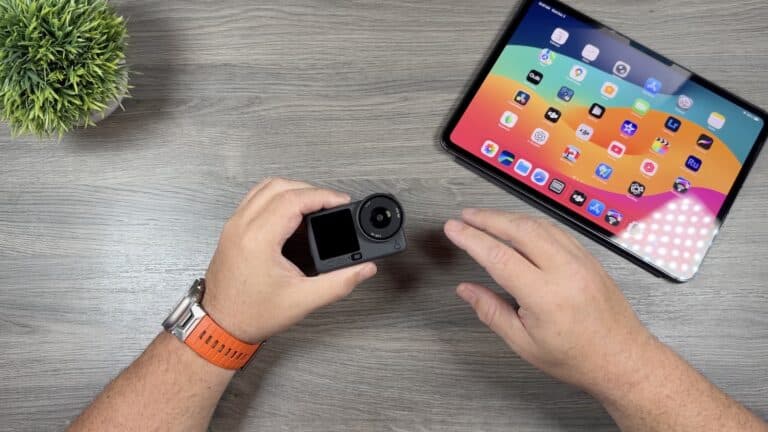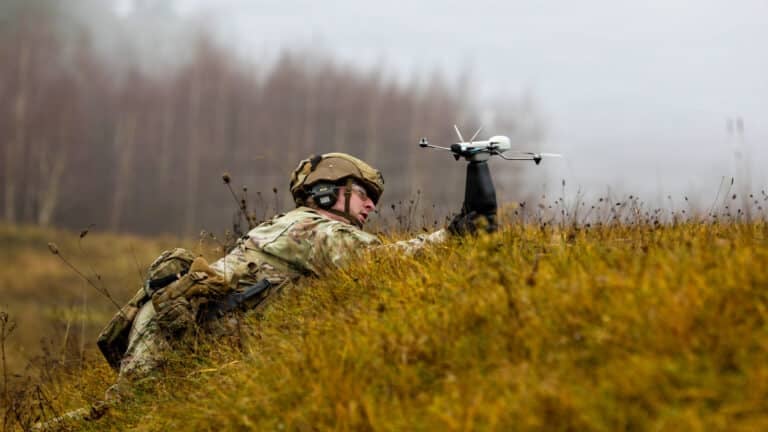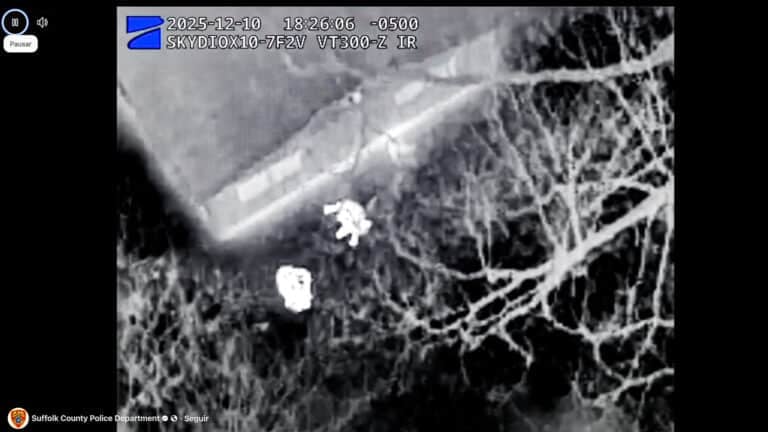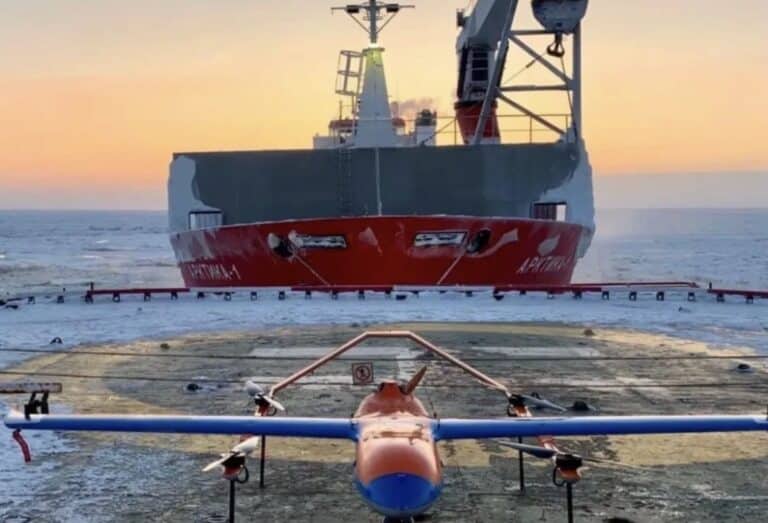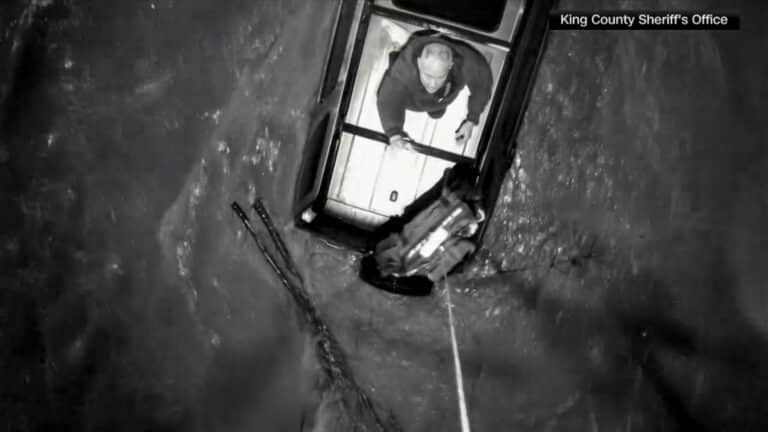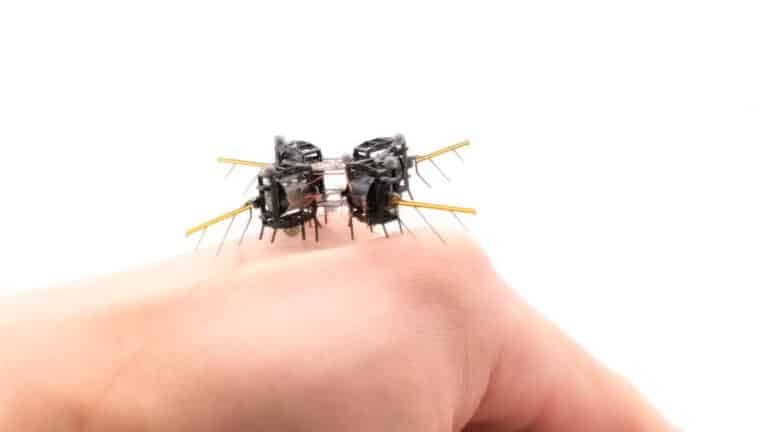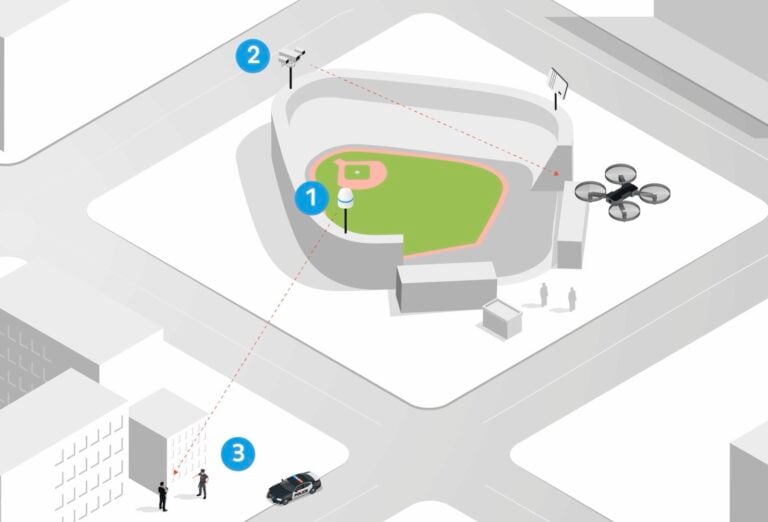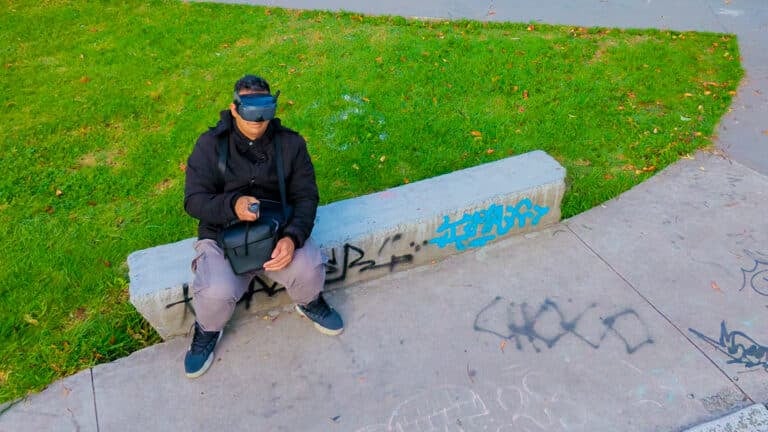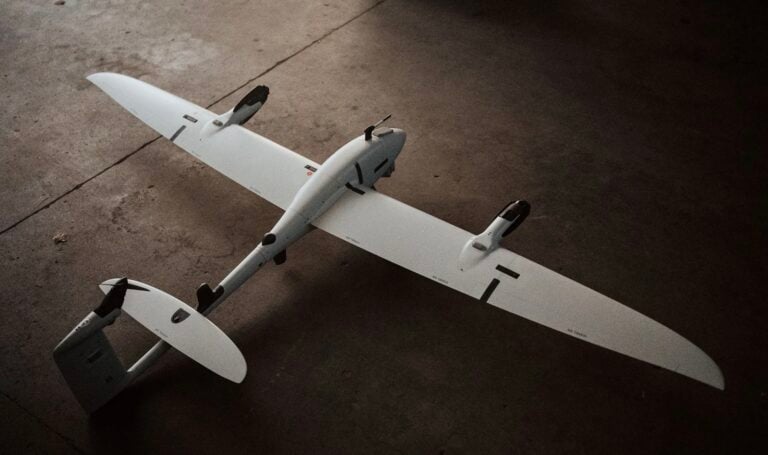Drones Revolutionize Mount Everest Cleanup with DJI FlyCart Technology
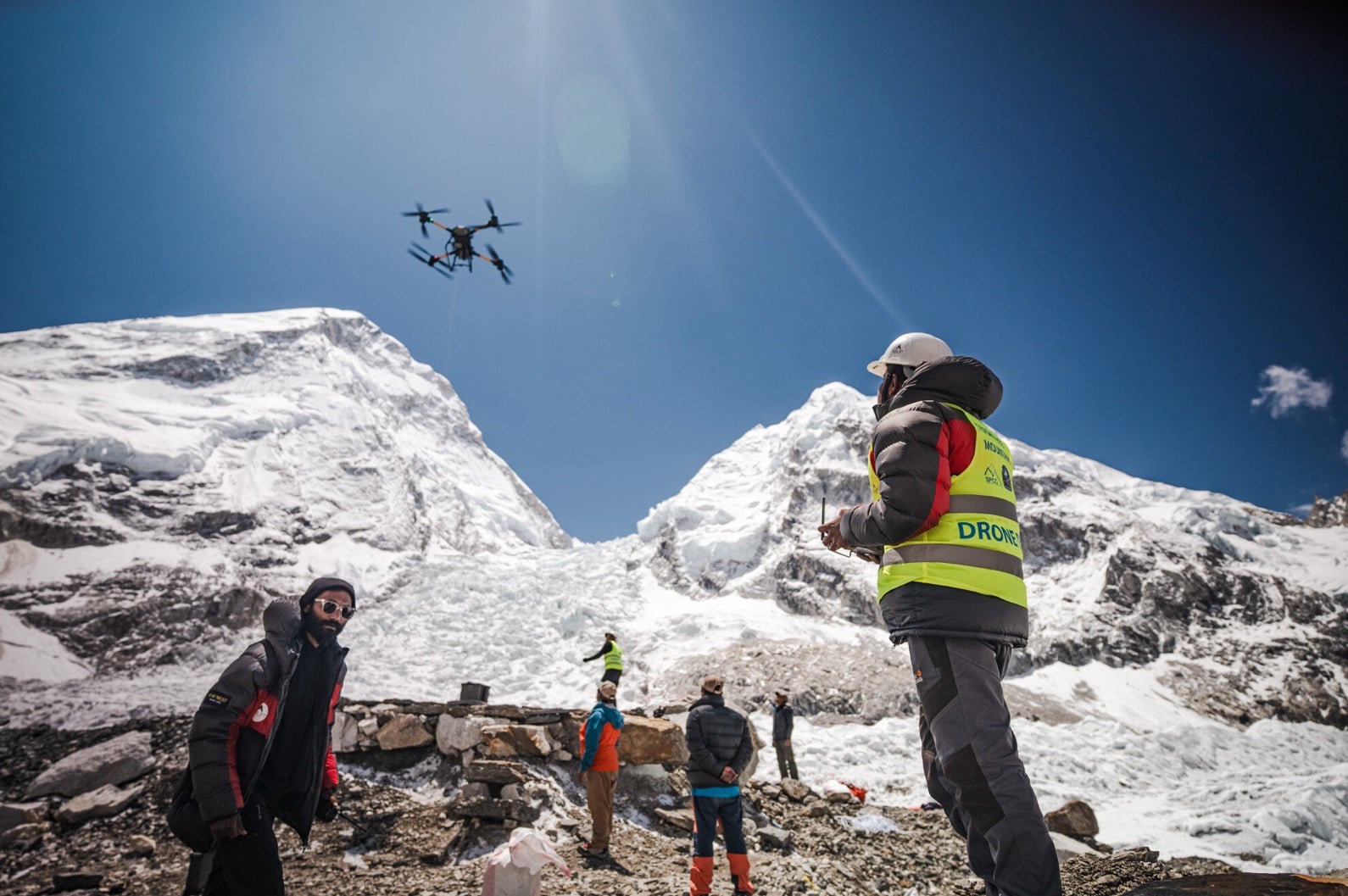
Amazon Drone Deals: DJI Mini 5 Pro Fly More Combo with DJI RC2 now for $1,099!
In a groundbreaking effort to tackle Mount Everest’s trash crisis, drones are transforming waste management on the world’s highest peak. Operated by Nepal-based Airlift Technology, DJI FlyCart 30 drones have successfully hauled over 617 pounds (280 kilograms) of garbage from Camp 1 to base camp, reducing risks for Sherpas and speeding up cleanup operations, according to the Sagarmatha Pollution Control Committee, reports Bloomberg.
Technology Driving High-Altitude Cleanup
The DJI FlyCart 30, a heavy-lift drone costing $70,000, can carry up to 44 pounds (20 kilograms) across the perilous Khumbu Icefall, completing a 19,898-foot (6,065-meter) journey from Camp 1 to base camp in just six minutes. This is a stark contrast to the four-hour trek Sherpas endure, navigating unstable ice and crevasses.
The drone delivers supplies like ropes and ladders uphill, then returns with debris-filled bags, described as buzzing “like an oversized mosquito.” Newer models like the DJI FlyCart 100 could further enhance operations, potentially carrying heavier loads to address the estimated 8.8 tons of waste at higher camps.
“We’re very happy,” said Lhakpa Nuru Sherpa, a 33-year-old Sherpa with Asian Trekking, who noted that drones transported about 70% of his team’s usual garbage load this season. “When you’re coming down from Camp 1 and it’s warm, you can smell the garbage,” he added, highlighting health risks like respiratory issues.
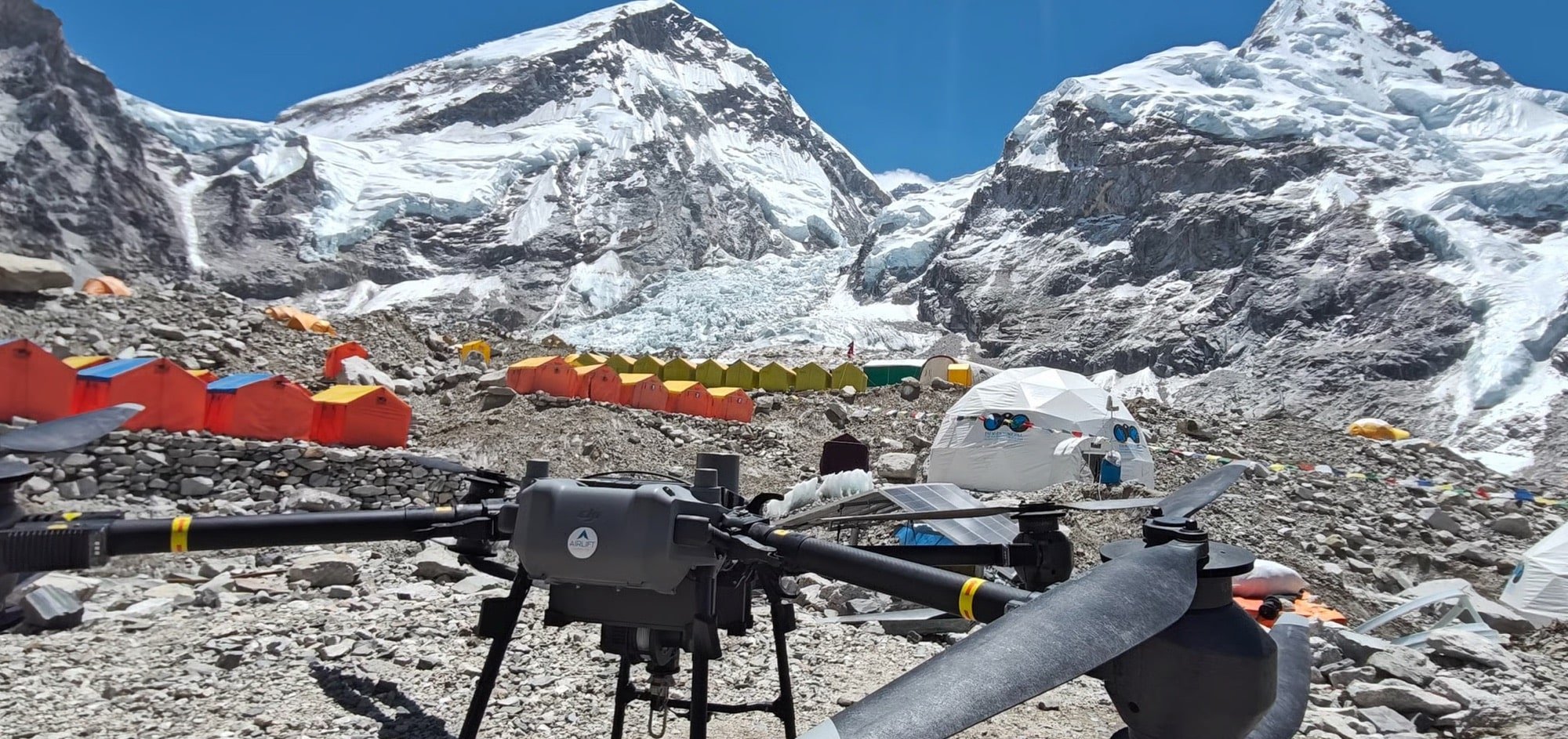
Enhancing Safety and Sustainability
Drones significantly reduce the dangers faced by Sherpas, who carry up to 44 pounds (20 kilograms) through the Khumbu Icefall, where melting ice due to climate change increases collapse risks. “It is much safer for drones to bring down the waste,” said Tenzing David Sherpa, a director at Asian Trekking.
Since 2019, Nepalese authorities and Sherpas have removed over 100 tons of waste, but higher camps remain challenging due to thin air limiting drone altitude. Regulations now mandate climbers to carry back 17.6 pounds (8 kilograms) of trash or forfeit a $4,000 deposit, further driving drone adoption.
Industry Trends and Challenges
The success of Airlift’s operations has drawn interest from at least five U.S. and European drone manufacturers, eager to test equipment at extreme altitudes. “At these altitudes, we’re the only company in the world doing this operation,” said Milan Pandey, Airlift’s co-founder.
However, challenges persist. A drone crash in April, triggered by 37 mph (60 km/h) winds, underscored the need for specialized insurance, which remains scarce. “If we don’t have any insurance, it is a very high-risk project,” said Tshering Sherpa, SPCC’s CEO.
Future of Drone-Assisted Mountaineering
Airlift plans to expand drone use to other 26,247-foot (8,000-meter) peaks in Nepal, leveraging models like the newly launched DJI FlyCart 100 to handle larger payloads. This aligns with Nepal’s push for sustainable mountaineering, as melting snow exposes decades-old waste, threatening waterways.
Asian Trekking has committed to funding Airlift’s services if commercialized, signaling strong industry support. As drone technology advances, it promises safer, cleaner expeditions, reshaping how we preserve iconic natural landmarks like Everest.
Photos courtesy of Airlift Technology.
Discover more from DroneXL.co
Subscribe to get the latest posts sent to your email.
Check out our Classic Line of T-Shirts, Polos, Hoodies and more in our new store today!

MAKE YOUR VOICE HEARD
Proposed legislation threatens your ability to use drones for fun, work, and safety. The Drone Advocacy Alliance is fighting to ensure your voice is heard in these critical policy discussions.Join us and tell your elected officials to protect your right to fly.
Get your Part 107 Certificate
Pass the Part 107 test and take to the skies with the Pilot Institute. We have helped thousands of people become airplane and commercial drone pilots. Our courses are designed by industry experts to help you pass FAA tests and achieve your dreams.

Copyright © DroneXL.co 2025. All rights reserved. The content, images, and intellectual property on this website are protected by copyright law. Reproduction or distribution of any material without prior written permission from DroneXL.co is strictly prohibited. For permissions and inquiries, please contact us first. DroneXL.co is a proud partner of the Drone Advocacy Alliance. Be sure to check out DroneXL's sister site, EVXL.co, for all the latest news on electric vehicles.
FTC: DroneXL.co is an Amazon Associate and uses affiliate links that can generate income from qualifying purchases. We do not sell, share, rent out, or spam your email.




